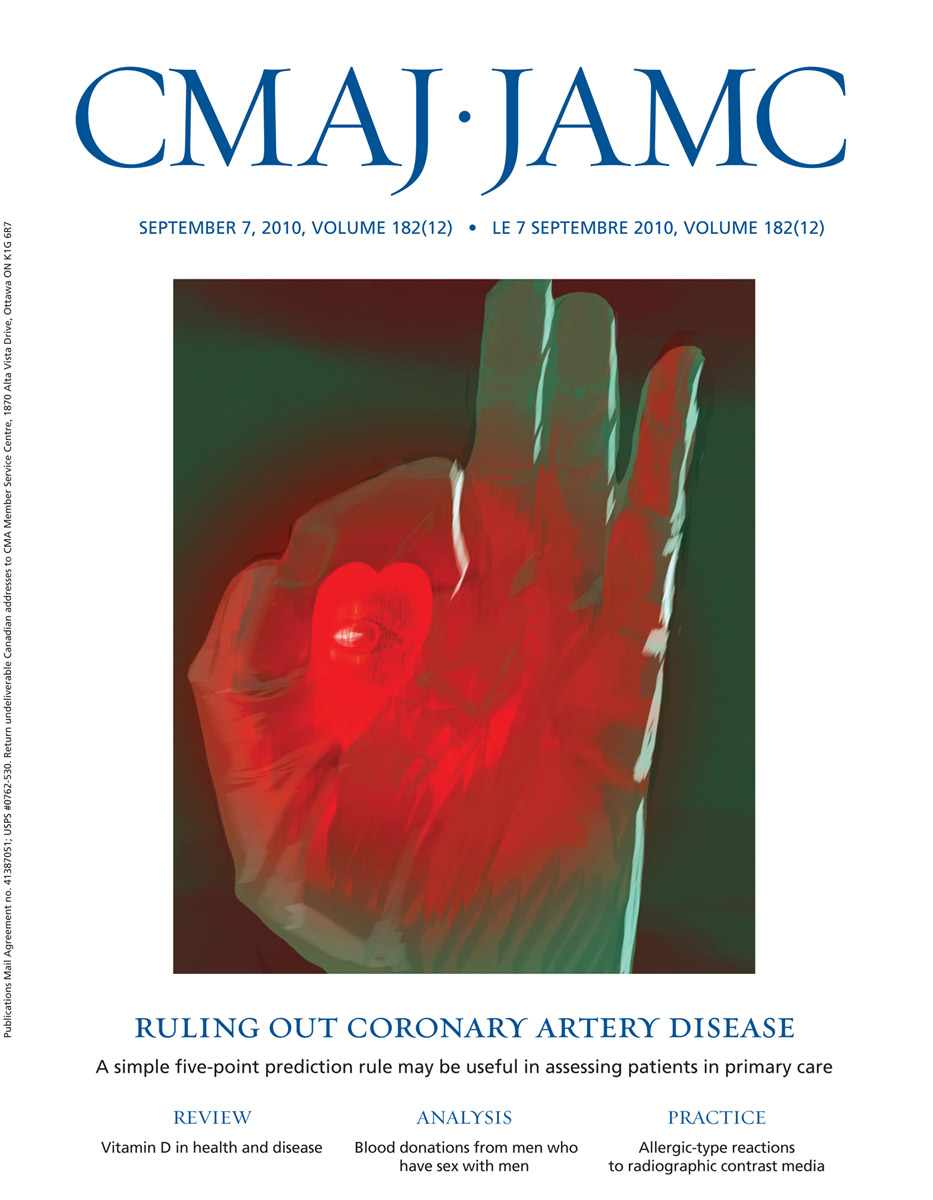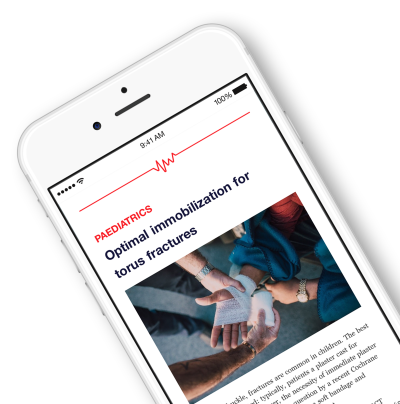
Splint as effective as a cast in children with minimally angulated distal radius fractures .
Cast versus splint in children with minimally angulated fractures of the distal radius: a randomized controlled trial
CMAJ. 2010 Oct 5;182(14):1507-1296 children with a minimally angulated greenstick or transverse fracture of the wrist were randomized to receive either a wrist splint or a short arm cast for 4 weeks. The children were assessed for physical function at 6 weeks and degree of angulation at 4 weeks. Range of motion, grip strength, and complications were also noted. The two groups were not found to have significant differences for any of the outcome measures.
Unlock the Full ACE Report
You have access to 4 more FREE articles this month.
Click below to unlock and view this ACE Reports
Unlock Now
Critical appraisals of the latest, high-impact randomized controlled trials and systematic reviews in orthopaedics
Access to OrthoEvidence podcast content, including collaborations with the Journal of Bone and Joint Surgery, interviews with internationally recognized surgeons, and roundtable discussions on orthopaedic news and topics
Subscription to The Pulse, a twice-weekly evidence-based newsletter designed to help you make better clinical decisions
Exclusive access to original content articles, including in-house systematic reviews, and articles on health research methods and hot orthopaedic topics































































